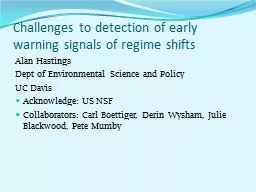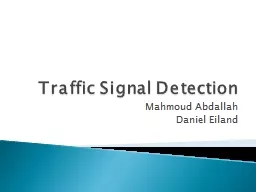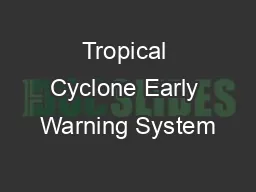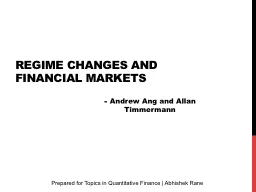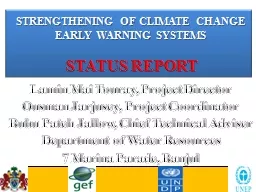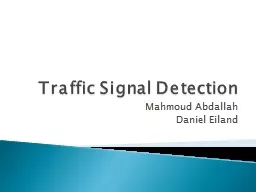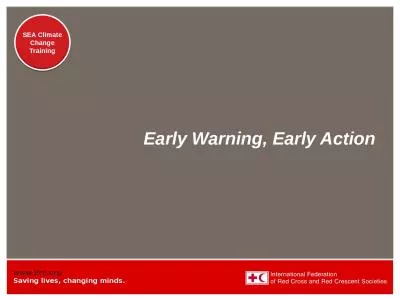PPT-Challenges to detection of early warning signals of regime
Author : stefany-barnette | Published Date : 2017-05-25
Alan Hastings Dept of Environmental Science and Policy UC Davis Acknowledge US NSF Collaborators Carl Boettiger Derin Wysham Julie Blackwood Pete Mumby Outline
Presentation Embed Code
Download Presentation
Download Presentation The PPT/PDF document "Challenges to detection of early warning..." is the property of its rightful owner. Permission is granted to download and print the materials on this website for personal, non-commercial use only, and to display it on your personal computer provided you do not modify the materials and that you retain all copyright notices contained in the materials. By downloading content from our website, you accept the terms of this agreement.
Challenges to detection of early warning signals of regime: Transcript
Download Rules Of Document
"Challenges to detection of early warning signals of regime"The content belongs to its owner. You may download and print it for personal use, without modification, and keep all copyright notices. By downloading, you agree to these terms.
Related Documents

